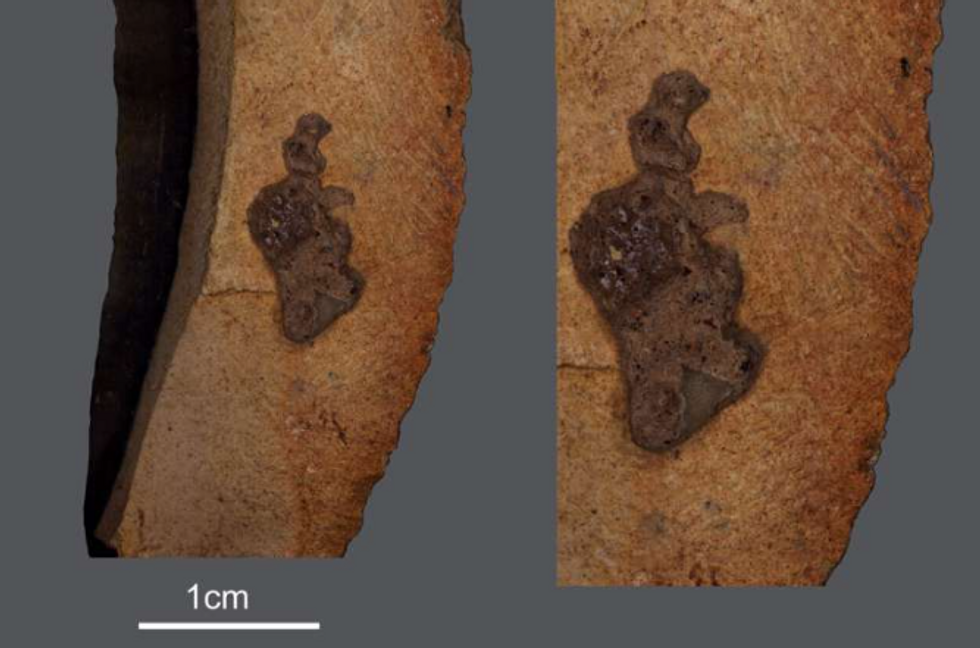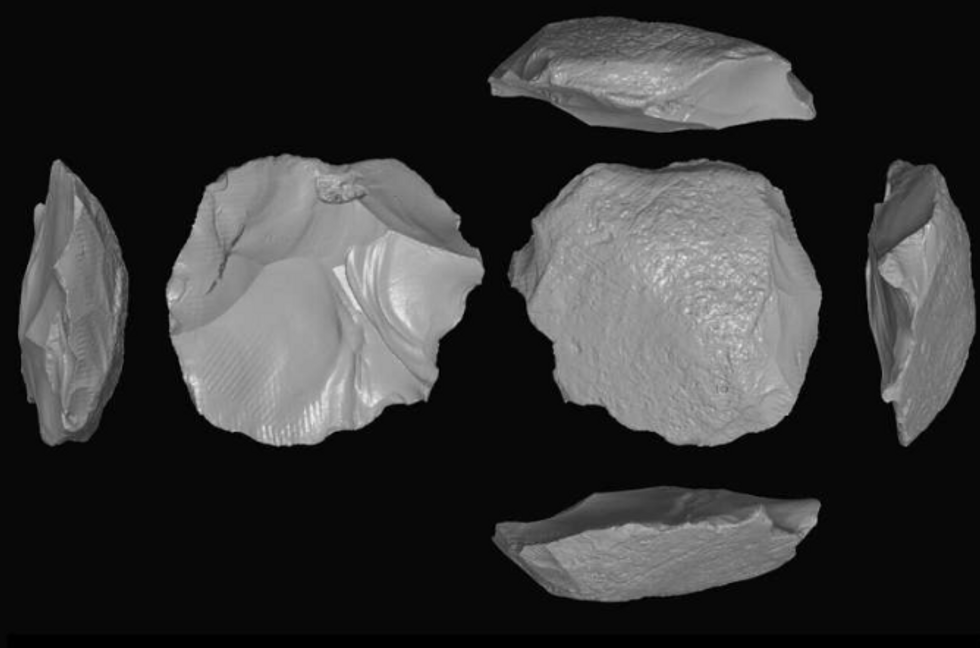'Grim discovery': Baby death trial of Constance Marten and Mark Gordon begins
GB News
These discoveries have challenged traditional views about early human capabilities
Don't Miss
Most Read
Trending on GB News
Stone Age artefacts discovered in Levant caves have revealed intentionally etched geometric designs, providing new evidence of advanced cognitive abilities in prehistoric humans.
The groundbreaking findings, published in Archaeological and Anthropological Sciences, demonstrate that early humans possessed sophisticated symbolic behaviour and abstract thinking capabilities.
These discoveries are reshaping our understanding of Paleolithic hominins - our prehistoric ancestors - and their capacity for cultural expression.
The research focuses on relics from the Middle Paleolithic period, which spans from approximately 250,000 to 45,000 years ago.

This period has proven crucial for understanding the evolution of abstract thought and symbolic behaviour in early human societies
Erella Hovers
This period has proven crucial for understanding the evolution of abstract thought and symbolic behaviour in early human societies.
The findings challenge previous assumptions that symbolic expression and abstract thinking emerged only recently in human history.
The research examined artefacts from several significant prehistoric sites, including Manot Cave, Qafzeh Cave, and the open-air site of Quneitra.
Researchers employed sophisticated 3D surface analysis techniques to study the geometry and patterns of the incisions.
MORE LIKE THIS:
This advanced analysis helped distinguish between intentional engravings and marks that resulted from everyday tool use.
The findings confirmed deliberate geometric patterns at Manot, Qafzeh and Quneitra sites, indicating symbolic intent.
In contrast, artefacts from Amud Cave showed markings that lacked clear orientation or patterning.
The Amud Cave markings were determined to be functional, likely resulting from activities such as wearing down, smoothing or polishing tools.

These discoveries are particularly significant as they challenge traditional views about early human capabilities
E. Ostrovsky/ M. Smelansky/ E. Paixao/ L. Schunk.
Lead researcher Mae Goder-Goldberger emphasised the significance of these findings, stating: "Abstract thinking is a cornerstone of human cognitive evolution."
"The deliberate engravings found on these artefacts highlight the capacity for symbolic expression and suggest a society with advanced conceptual abilities," she added.
These discoveries are particularly significant as they challenge traditional views about early human capabilities.
Historically, researchers doubted the presence of abstract or symbolic thought in early hominins.
However, mounting evidence now suggests that symbolic and abstract thought may have much deeper evolutionary roots.
Recent archaeological studies have increasingly revealed evidence of abstract, non-practical behaviour among Palaeolithic hominins.
This latest research provides concrete proof that prehistoric humans were capable of creating purposeful symbolic engravings far earlier than previously believed.







